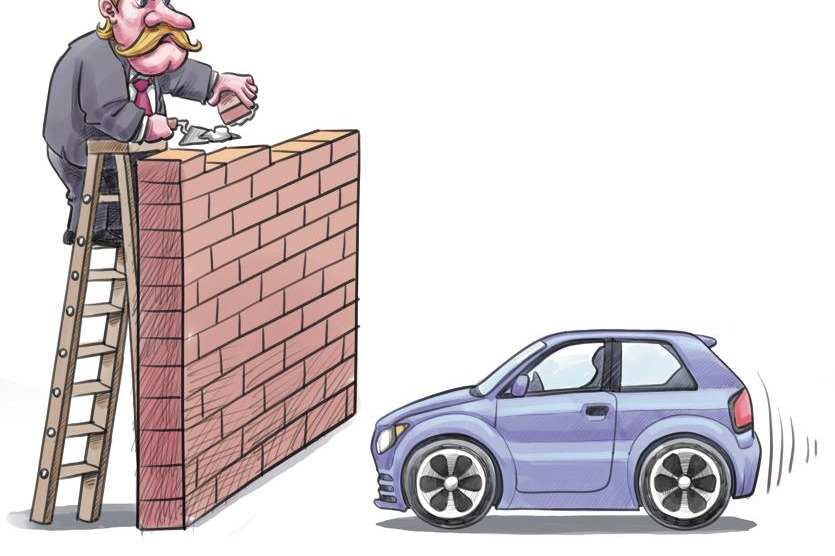Curing urban diseases without bitter pills


Strengthening supply-side structural reform in the fields of urban infrastructure and public services can help us sustain economic growth, improve social harmony and maintain a healthy environment. But these three goals can be hardly achieved under an urban population control policy.
It is a myth that an increase in population necessarily means a proportionate increase in pollution levels and traffic jams. True, a drastic increase in urban population may give rise to many serious urban diseases. But statistics show that except for domestic waste water, urban pollution is more closely related to industrial development and economic growth than increased population. Studies also show that if the urban population in China doubles, it would increase public commuting time by just 2.23 minutes, because traffic jams in many cities can be attributed to urban topography, poor urban planning- for example, of residential communities and business districts-and the fast growth in the number of vehicles.
Moreover, the migration of people from rural to urban areas in search of better livelihood is conducive to alleviating poverty. So if the authorities take measures to control the urban population, the result will be an increasing income gap between urban and rural areas.
Urban population growth has both positive and negative effects-higher economic growth along with rising pollution levels and more traffic jams. Urban population reaches the optimum level when the positive and negative effects write each other off.
But the urban optimized scale is not fixed, as it relates to the industrial structure. For instance, the service industry, which is environmentally friendly compared with manufacturing, requires more manpower. But more manpower won't be available if urban population is controlled.
Urban growth seems chaotic because urban planning in China has always lagged behind urban population growth. Besides, urban planning, especially for public services, has always focused on permanent residents while ignoring non-permanent residents and migrant workers, which has undermined urban labor productivity.
In addition, since 2003 major cities have not only tightened the supply of land but also are more willing to provide land for industrial use or commercial infrastructure, because it ensures continuous tax growth. As a result, housing land is in short supply and housing prices have soared, making it even more difficult for migrant workers, who constitute a major part of the service industry, to rent, let alone buy, a house.
Another factor impeding the growth of labor in cities is the hukou (household registration) system, which is linked with social security and public services. Since migrant workers don't have urban hukou, they cannot avail of such public services, forcing many to return to their hometowns. This has caused a labor shortage, especially in the low-end sectors, in the eastern region, which in turn has lowered productivity growth.
Furthermore, some megacities are found wanting when it comes to public services. Take primary and middle school education for example. Compulsory education resources are planned and distributed according to the needs of urban residents with hukou, thus denying migrant workers' children from receiving standard education in megacities. So, many of the migrant workers leave their children behind in their hometowns. It is estimated that Beijing, Shanghai, Guangzhou and Shenzhen alone have contributed to one-fifth of China's total number of "left-behind" children.
Therefore, urban diseases of pollution and traffic jams in cities cannot be cured by just controlling the urban population. Instead, by controlling the urban population, the authorities will find it difficult to achieve the three goals of sustaining economic growth, strengthening social harmony and maintaining a habitable environment.
In order to check the rise of urban diseases and realize the three goals, the authorities should properly determine the urban population growth curve, scientifically distribute urban land and ensure optimum public services and infrastructure facilities, by deepening supply-side structural reform. And they should build more affordable housing for lower-income groups to improve urban competitiveness.
The authors are professors at Antai Economic and Management College, Shanghai Jiaotong University and also teach at the School of Economics and Management, Shanghai Maritime University.








































